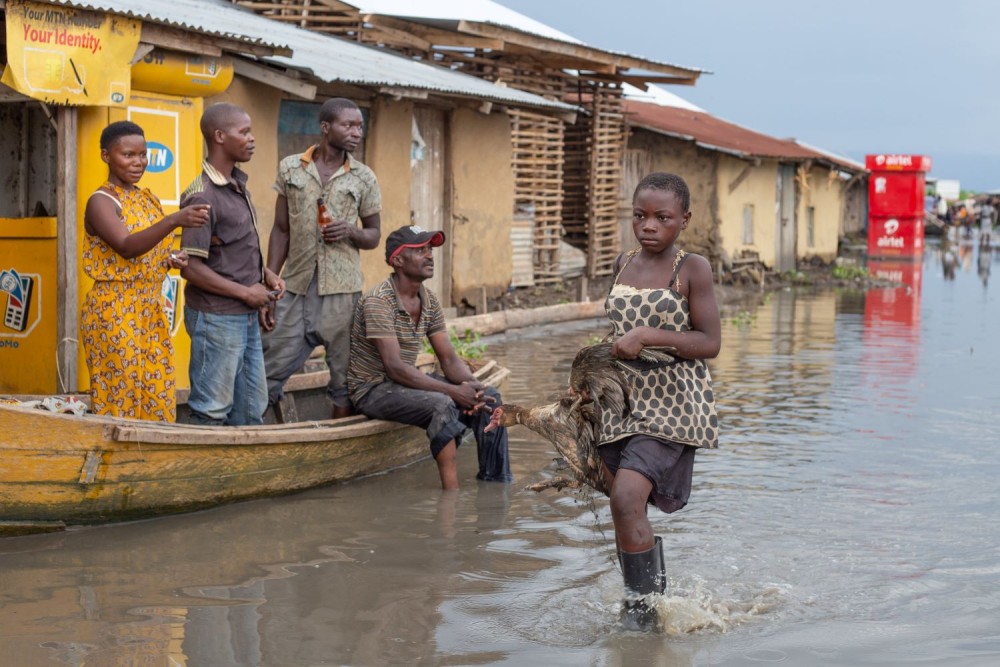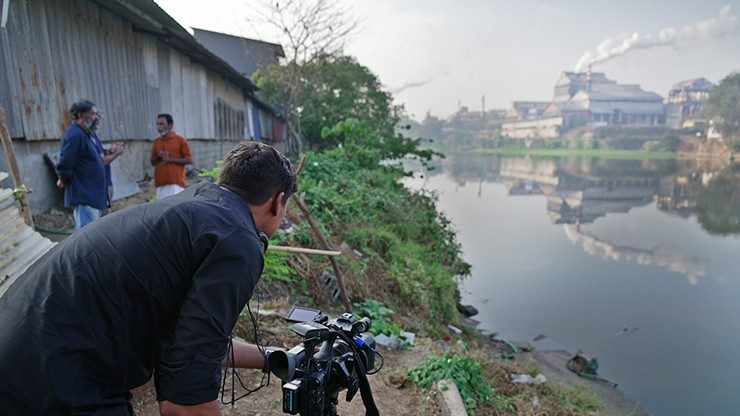Noise making is attention seeking behavior, and how better can you shape the public discourse about climate change without climate noise? In this instance, Climate Noise is a slogan and a strategy. It is definitely not a reference to the scientific term which means the variations in the state of the climate system that have little or no organised structure in time and/or space as defined by the American Meteorological Society. Rather what it means is excessively communicating about the climate crisis to raise awareness and provoke collective climate action.
But we should be careful with the noise we make, careful not to make meaningless chatter. White noise where the climate crisis is concerned simply means producing inconsequential or manipulative (exaggerated) narratives. We need to conscientiously make impactful noise that improves the public’s understanding about climate change. We need to communicate accurate information that will accelerate climate adaptation, mitigation and resilience in our communities. And this is where climate journalism comes in.
What whispers arise from the inadequate climate news reporting by African journalists?
Climate Journalism should be more than just reporting about headlines and reporting about climate conferences and extreme weather events results like how this past week has been the hottest week in the planet. It should be about effective policies and strategies being implemented, climate justice and successful climate action locally, regionally and globally. A recent study by Enoch Sithole found that media coverage of climate change in Africa was poor. The study that was commissioned by Wits University Centre for Journalism (South Africa) and Fojo Media Institute of Linnaeus University, Sweden found that inadequate media coverage was the continent-wide crisis.
In Africa, climate change doesn’t get attention in the media, and when it does the coverage is inconsequential. Sithole noted that when the media coverage favors heavily on events like conferences, climate disasters and the release of scientific papers cannot associate the reporting with their day-to-day lives. Furthermore, he added that it “leaves the impression that climate change is an issue for elites, politicians and activists, and not ordinary people” as published in The Conversation.

Climate Journalists should not disregard the ordinary people when reporting about climate change. And as much as climate change reporting should be guided by science, ordinary people do not come from a scientific background, thus the climate jargon and vocabulary should be simplified.
Media consumption trends should be applied here, climate change news should be framed in a way that would attract the masses. When the masses do not find themselves in the media coverage, if there is no sense of belonging then they cannot connect to what is being reported and hence stop consuming what is being reported.
Andrew Revkin has broken down the importance of language in climate change reporting. He says “climate and clean-energy communication is filled with numbing jargon and complexity. But clarity is needed to connect and empower.” Reading his article The Climate Crisis – Simplified, he points out the possibility that the language used in writing can put a divide between journalists and their audiences.
And because the climate crisis threatens children and young people the most, the youth perspective should not be absent in climate reporting. Studies on the relationship between young people and media show that when media is presented in a way that is relatable to them it could be a valuable source of information and provoke participation in climate action from them. The Circle, a reliable source on research studies quoted:
“in addition, young people want—and don’t always get—a range of things from their news; not just information, but inspiration, a sense of belonging and meaning, social integration, representation, and local understanding (Costera Meijer, 2007; Lewis, 2008 Costera-Meijer, 2010, Zerba, 2011).”
Shifting the Narrative: Climate Journalism’s Role in Inspiring Climate Action and Solutions
Climate Change reporting is beyond breaking down the complexities of climate science and action. It is beyond reporting problems within the sphere of climate change. Journalists should help the public make sense of what is going on in their immediate communities, regions and overall world. James Mavula, a Malawian journalist once said, too many journalists in Africa are reporting on climate change as an international diplomacy issue and not a human interest issue. Climate journalists need to change their narrative style to fit human interests and also remember that a climate change story goes beyond the story.
Where are the narratives on positive contributions to climate action? Where are the solution based stories? Where are the stories that communicate the opportunities in climate change? This is what Tanzania needs. This is what Africa needs. We need stories that are beyond clickbaits and exaggeration, stories that have the word ‘climate’ in its headlines. We need stories that focus on logical thinking, rational analysis, and accuracy. We need investigative pieces which are easy to comprehend.
Climate journalism as climate noisemakers should strive to motivate action by sparking climate conversations and public debate in our communities. They can contribute to climate action by producing accurate, unbiased, meaningful and engaging stories.
Let’s conclude with an expert from one of Revkin’s 2023 blogposts:
When I grappled with that question – what do you do, what do you work on? – I found then and now that the best way past that sense of paralysis is to pick apart the “complexity monster” called the climate crisis or climate emergency. Those terms are way too vague and vast to be meaningful. Pick them apart. Use a tool that the best journalists have employed for generations: the question mark.When someone shouts climate emergency, ask who is in a state of emergency? Why? What are the drivers of risk? What factors can be addressed to reduce harm and loss? For every climate threat, there’s a set of answers and a job to do.
Read more articles on Climate Sustainability.

